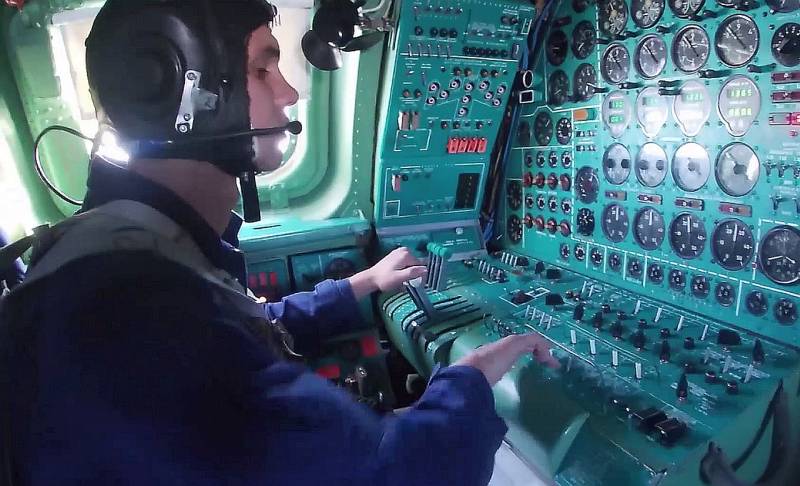Russian Air Force Navigation Service Day

In fact, the first in Europe and the largest professional Navigational School was opened in Moscow back in 1701 by the Decree of Peter I. It taught, of course, not aircraft control, but maritime navigation.
And only after more than three hundred years, on March 24, 1916 (according to the new style), the chief of staff of the Supreme Commander-in-Chief, General Mikhail Alekseev, signed an order to establish the Central Air Navigation Station (TsANS). In August 2000, by order of the Commander-in-Chief of the Air Force of the Russian Federation, this date was appointed as a professional holiday for navigators-aviators of the Russian Air Force (now VKS).
Military aviation began to be actively used during the First World War for the purpose of reconnaissance and use weapons by the enemy. In order not to stray from the route, a second workplace for an observer pilot, or air navigator, appeared in the cockpit of airplanes. The duties of the first navigators included both orientation on the map and ground objects, and monitoring the health of navigation instruments, the aircraft itself, and, if necessary, its repair.
At the same time, special support services were created in Russia: meteorological, aerial photogrammetric, radiotelegraph, engineering and air navigation. In March 1916, the first Central Air Navigation Station took up duty. The work of the founder of the theory and practice of air navigation in our country, Boris Vasilievich Sterligov, also begins with work in the CANS. The legendary founding father of the Russian navigation service is also known as a participant in the famous Moscow-New York flight in 1929, 21242 km long.
In 1933, Sterligov became the Chief Navigator (flag navigator) of the USSR Air Force and led the country's main navigation service until the second half of the 1940s. Under his leadership, military navigators began to use compass readings when plotting the course and determining the location of the aircraft both during the day and at night. This orientation method soon became the standard for Soviet military pilots. Special barometric altimeters and aircraft speed indicators, a solar heading indicator, and a navigation sight were also developed.
From the first days of the Great Patriotic War, the navigational service dealt with the issues of improving the quality of the combat use of aviation. Sterligov's merits also include the development of a unique operation for the delivery of Lend-Lease aircraft from the USA to the USSR through Alaska - the famous Alsib route, which began operating in 1942. During the years of the existence of the air route until 1945, a total of 128 passengers and 371 tons of cargo were transported along it.
Over time, the technical equipment of aircraft with navigational instruments has grown significantly and improved, as well as interaction with ground services. In civil aviation, they increasingly began to abandon the navigator as part of the crew. The situation with navigation is different in military aviation. In a combat situation, navigation devices can fail, and an experienced navigator is able to plot a route without them.
Today, the main task of the navigation service of the Russian Aerospace Forces is to ensure high accuracy and reliability of air navigation, as well as the effectiveness of the combat use of aviation weapons, air reconnaissance and electronic warfare.
The editors of the "Military Review" congratulates the current navigators of the Russian Aerospace Forces and veterans of the air navigation service on their professional holiday. Special congratulations and individual wishes for success in serving the navigators performing combat missions in the NVO zone. We are sure that with each departure you cope with your difficult work only perfectly well.
Information